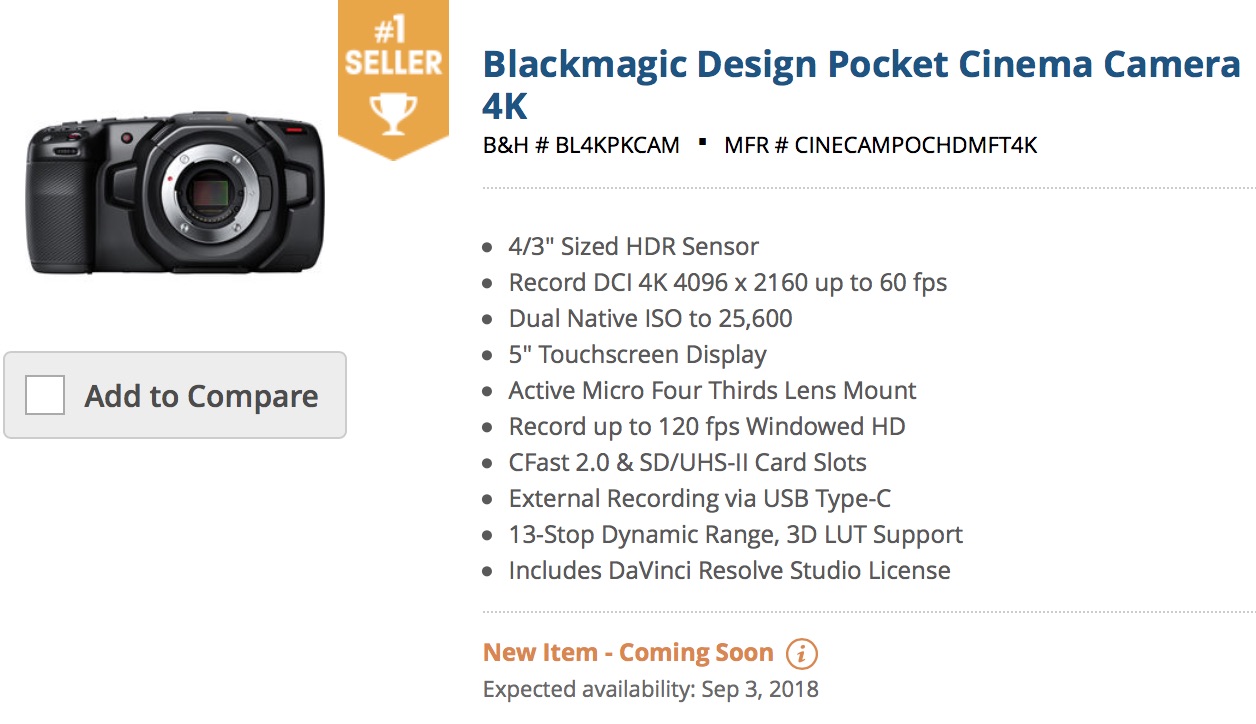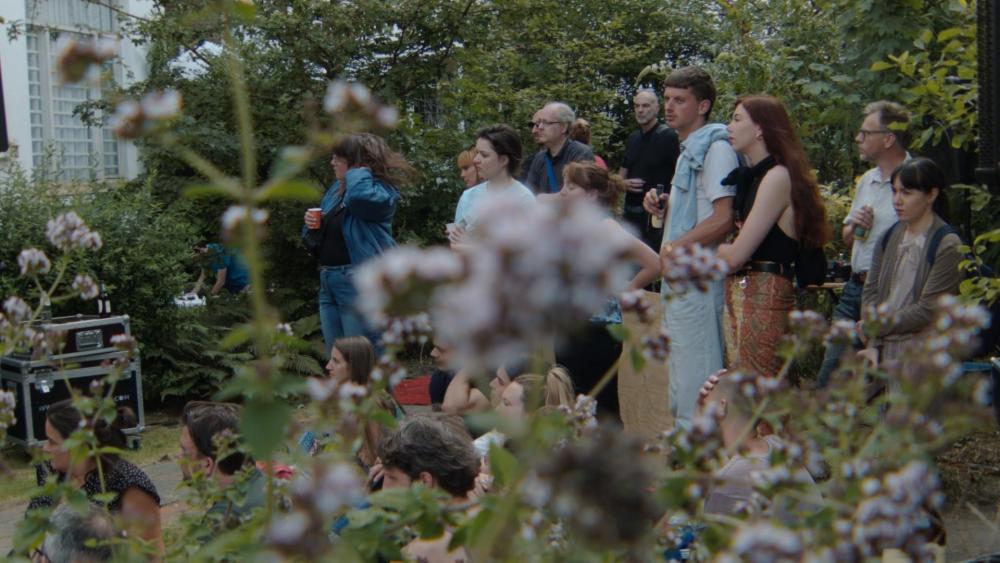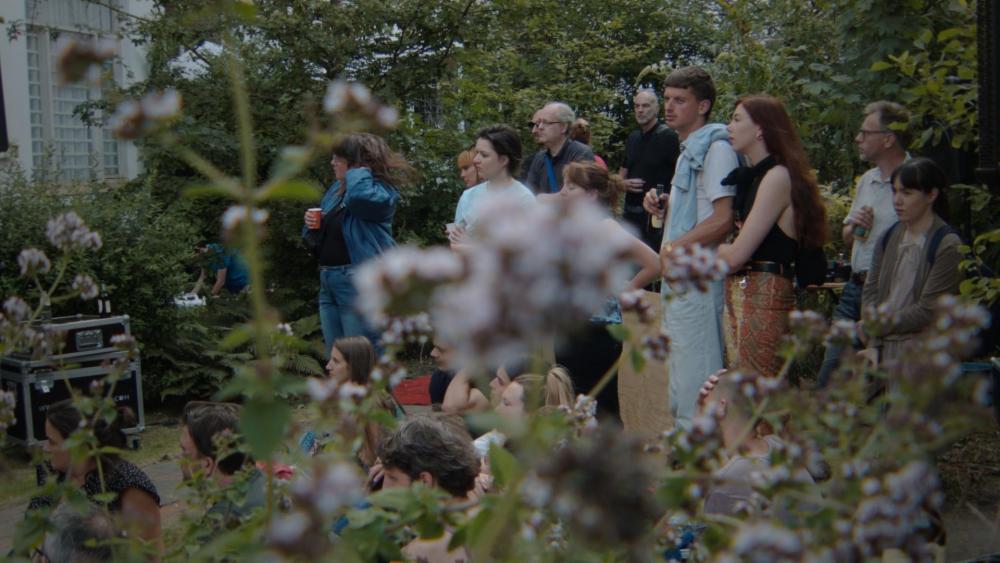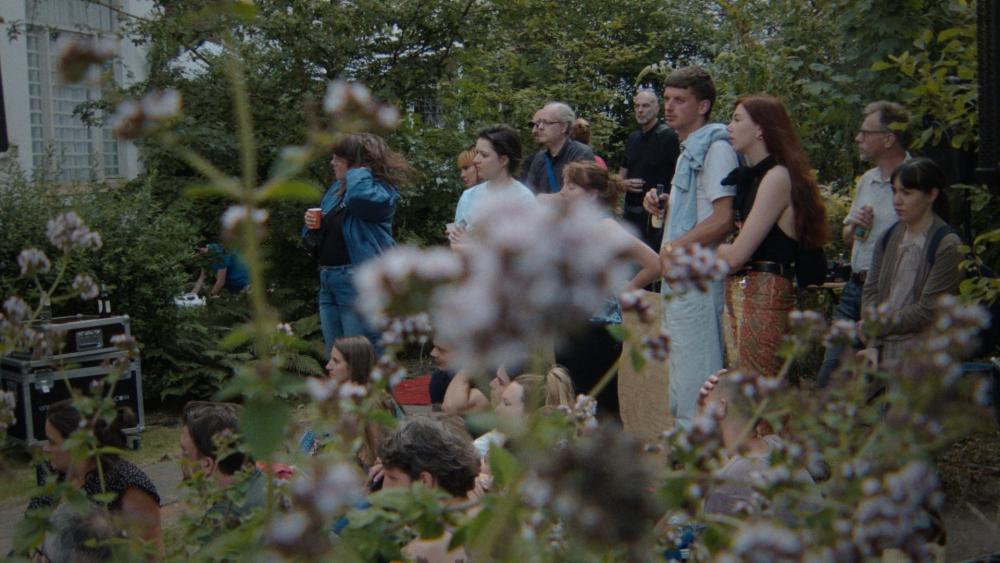
cantsin
-
Posts
948 -
Joined
-
Last visited
Content Type
Profiles
Forums
Articles
Posts posted by cantsin
-
-
1 hour ago, Andrew Reid said:
Now I'm starting to realise why the buffoon wreaker Trump won the election. People are genuinely sick of the hysterical PC climate and the impact it has on real lives, yours and ours careers, and our art /freedom of expression.
But it was actually the hardcore Trump supporters from the Alt-Right (Mike Cernovich & others) who dug out Gunn's old tweets and denounced him. It's part of the Alt-Right trolling campaign against Hollywood's perceived liberalism (which included Alt-Right trolling against the new Star Wars films having women and African Americans in leading roles, and against the female cast of the Ghostbusters movie). In the case of Gunn, they hated the inclusive and humanist message of "Guardians of the Galaxy", and because Disney/ABC had fired Roseanna Barr:
-
-
10 minutes ago, mercer said:
Probably Minolta-built. There's even a Leica camera (the famous Leica CL) whose successor was a Minolta camera (the CLE), and whose standard lens, the Summicron 40mm/f2, has been available both with Leica and Minolta branding.
There are many such cases in past and recent camera history. Out of my head: The Zeiss-designed Pentax lens in the 70s, the Nikon SLR bodies sold as Kodak and Fuji, of course the "Zeiss" branding for Sony lenses and "Leica" branding for Panasonic lenses - one of which actually happens to be designed and built by Sigma. Or the "Pentax" lenses on Samsung bodies that became "Schneider Kreuznach" lenses when Samsung switched branding contracts.
...and there's a good chance that many of these lenses are actually being manufactured by Cosina (which is also the company behind the Voigtländer brand, and which still manufactures an analog SLR that is sold both with Canon and Nikon branding).
-
A question to the collective wisdom of this forum:
Which MFT lens is better, the Olympus 17mm F1.2 Pro or the Voigtlander 17.5mm f0.95?
Their prices are roughly the same. The Voigtlander is manual-only (and designed for manual operation - a plus in my book), but the Olympus has the clever mechanical clutch for manual focus operation.
The Voigtlander is half a stop faster on paper, but like the 25mm/0.95 (which I own) seems be hazy/extremely soft open, not just because of the shallow DoF, but also for the areas that are in focus. Reviews suggest that the Olympus is sharp at 1.2. Regarding the actually usable aperture range, the Olympus may therefore be the 'faster' lens of the two.
The Olympus has the more complex optical construction, 15 elements in 11 groups vs. 13 elements in 9 groups in the Voigt.
The Voigt, on the other hand, has an (optionally stepless) aperture ring which the Olympus doesn' t have. It will also work on cameras with passive MFT mounts like the old BMCC 2.5K.
- Any more ideas?
-
-
27 minutes ago, kye said:
The Black Magic cameras all seem to share a similar look and feel with how they handle light. It is very nice, almost like they have put a diffuser over the sun. There seems to be nothing harsh about the image.
What is it about their cameras that creates this effect? Is it the DR? Colour science? High bitrate (either prores or raw)?
The lack of artificial sharpening in their image processing/codecs.
-
The VideoMicro is great and offers bang for the buck like no other video microphone. It even surpasses Røde's more expensive models:
You just need to learn how to properly place it (which is: not on the camera):
-
1 hour ago, Robert Collins said:
Well here are a few numbers.....
What does it cost to manufacture a camera?
So here are Olympus's financials (admittedly for the whole company)
...and that makes the numbers worthless (sorry). Olympus is primarily a medical imaging company (holding, among others, 70% of the world's endoscope market), and these products have a high margin. For sure, their consumer products don't make these profits.
-
-
The owner of YouTube is Google...
-
I would be surprised if they will cost less than $5000, so don't hold your breath.
-
1 hour ago, Stab said:
Nice Cantsin, looks very organic! Did you use Filmconvert or so for that?
Not for the colors, only to add grain (to roughen the textures, since the lens is not an HD lens and thus renders surfaces rather soft.) The grade was very simple:
1) Transform the camera's log footage to Rec709 with Resolve's color chart matching function (using shots of an X-rite Color Checker Passport Video):

This is pretty much the 'vanilla' image of the camera with the lens.
2) Apply a film emulation LUT (DxO FilmPack Kodachrome 25) at 50% strength (=Resolve's Key Output at Gain 0.5 in the Color/Node Key tab) to bring it closer to a more contrasty home movie look:
3) Apply a slight vignette:
4) Apply FilmConvert's artifical grain (Fj 8543 VD emulation at 35mm Full Frame 100%, Film Color and Curve at 0) to roughen up the image:
-
-
(now with inline preview - don't know why it failed in the previous posting.)
-
As promised, here's my footage shot with a BM Pocket and adapted Fujinon 8-120mm/f1.7 B4 mount lens, with activated 2x extender to make the lens fit the 1" sensor image circle, turning it into a 16-240mm/f3.4 lens. (With 2x extension, the lens will cover MFT as well.)
The video is practically unedited. The Fujinon lens is used until 18:10. (The rest has been filmed with a Nikon 50mm/1.2 on a Pocket Speed Booster):
-
Back to the A7ii... This clip has been shot by an extremely competent amateur filmmaker (who's also shot excellent material with the BM Pocket and A7s):
If you're happy with this image quality, buy the camera. (I wouldn't.)
-
Alternatively, you could use a B4 mount broadcast zoom lens and adapt it to your camera. They usually only cover 2/3", but many come with a 2x extender that will make it cover MFT. Most of these lenses have a f1.7 constant aperture which drops to f3.4 with the extender activated.
Upsides: You'll have a parfocal zoom, often with enormous zoom ranges such as 8-120mm (16-240mm with 2x extender), and you can easily find them second-hand for not more than $200. (Calculate another $150 for a good adapter, for example from https://c7adapters.com.)
Downsides: Most of these lenses are specificied for SD and will not render fine detail.
(Just shot something with a Fujinon 8-120mm B4 lens on the BM Pocket and will share the footage when the edit will be done._
-
1 hour ago, jase said:
Would buy one in an instant, but I am in need for IBIS...
You're better off with a $500 Panasonic GX85 (with 4K & IBIS) than with the A7ii.
-
Why don't buy a first-generation A7s? That gives you decent video for about the same price.
-
Can you please take your discussion to another thread?
-
Even in the case of Fabio, the TO, it took me less than a minute to find his social media profiles and track down the town where he lives - from where it wouldn't be difficult for a dedicated criminal to find out his street address, too.
-
Don't respond to this, your information may be used by criminals.
-
B&H expects the Pocket 4K to be out on 3rd September:

-
Modern codecs actually have options for preserving grain, even at low bitrates. If you encode with ffmpeg/x264, the "-tune grain" preset does exactly that.
Unfortunately, online video hosters such as Vimeo and YouTube recompress your footage without that optimization.




Huawei P20 Pro is superb
In: Cameras
Posted
(Destroys the iPhone X) only for stills or also for video?